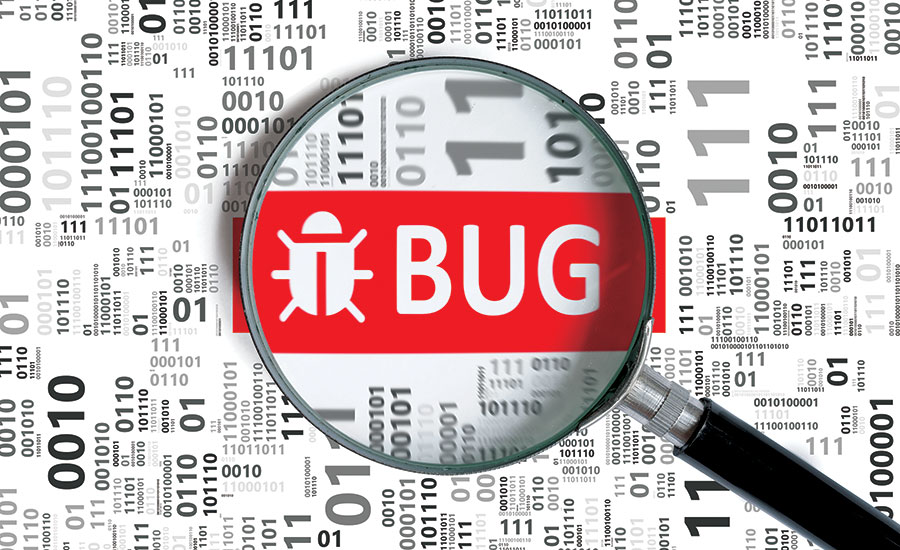100 Day's Of Cybersecurity - Day 11
Br0k3n L1nk Hij@ck1ng
Introduction
In the realm of bug bounty hunting, uncovering vulnerabilities that may compromise a website’s security is a thrilling challenge. One often-overlooked aspect is the presence of broken links, which could potentially lead to more severe issues. This technical guide will walk you through the process of identifying and reporting broken links on a target site, using a combination of manual investigation and automated tools.
Manual Exploration and Broken Link Checker
Step 1: Delving into External Links
As a bug bounty hunter, your initial reconnaissance involves manually exploring external links on the target website. These links could include social media accounts or media links. Simultaneously, initiate a background check using a broken link checker with the following command:
1
blc -rof --filter-level 3 https://example.com/
The output may expose broken links in the form of:
1
─BROKEN─ https://www.linkedin.com/company/ACME-inc-/ (HTTP_999)
Step 2: Verification and Tactical Response
Upon discovering broken links, your next move is to verify if the linked page exists. If it’s missing, this could be an opportunity to report the issue. Consider documenting the broken link and any potential impacts it may have. The goal is not only to identify vulnerabilities but also to suggest corrective actions to enhance the website’s security.
Alternative Tactic: Online Broken Link Checker
For bug bounty hunters seeking efficiency, leveraging online tools can be a game-changer. Platforms like Dead Link Checker offer a streamlined approach:
- Visit Dead Link Checker or a similar service.
- Input the domain name of the target site.
- Review the generated report to pinpoint broken links.
This method allows you to quickly identify vulnerabilities without the need for extensive manual clicking.
Visualizing the Hunt with Mind Maps
To gain a clearer perspective on the bug bounty hunting process, let’s visualize it with a mind map:
graph TB
A[Start] --> B[Manual Exploration]
A --> C[Alternative Tactic: Online Checker]
B --> D[Delve into External Links]
B --> E[Run Broken Link Checker]
E --> F[Identify Broken Links]
F --> G[Verify Link Existence]
G --> H[Document Broken Links]
H --> I[Suggest Corrective Actions]
C --> J[Visit Dead Link Checker]
J --> K[Input Domain]
K --> L[Review Report]
L --> M[Identify Broken Links]
M --> I[Take Tactical Action]
I --> N[End]
This mind map offers bug bounty hunters a visual roadmap, emphasizing the strategic steps involved in identifying and reporting broken links.
Conclusion
In the dynamic field of bug bounty hunting, recognizing and reporting broken links is more than just a technical pursuit—it’s a crucial step in strengthening a website’s security. Whether through manual exploration or online tools, taking a proactive stance contributes to the overall success of your bug bounty mission.


 Web Login Bypassing Techniques
Web Login Bypassing Techniques Bugbounty Checklist ✅
Bugbounty Checklist ✅